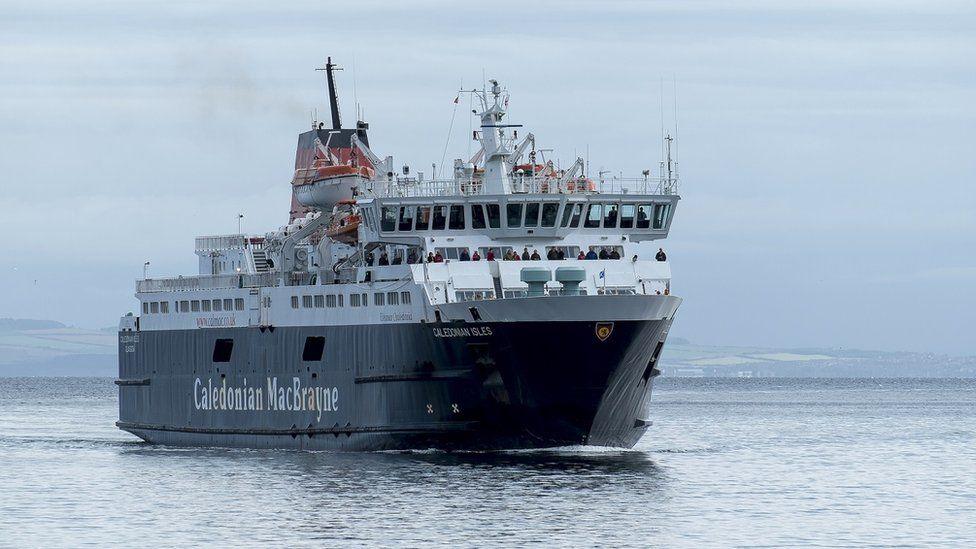The problem with CalMac's ageing ferries
- Published
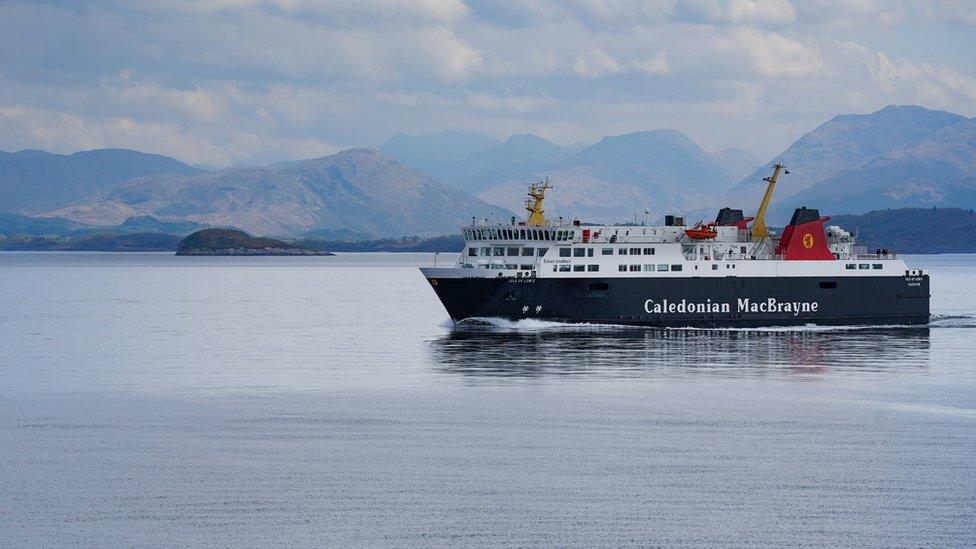
Announcements that Caledonian MacBrayne ferries have been withdrawn from service for repairs are becoming an increasingly common occurrence.
Most islands in the west of Scotland rely on services from state-owned CalMac, which operates 34 vessels - the largest fleet in the UK.
But CalMac has a problem - the pace of renewal has been slow and the ageing boats are developing more faults, leading to delays and cancellations. Four of the 10 largest ferries are beyond their expected operational life.
How old is the CalMac ferry fleet?
The average age of the CalMac ferries is more than24 years and many of the large boats are even older.
Of the 10 largest ferries, four are more than 30 years old and the MV Isle of Arran is 40.
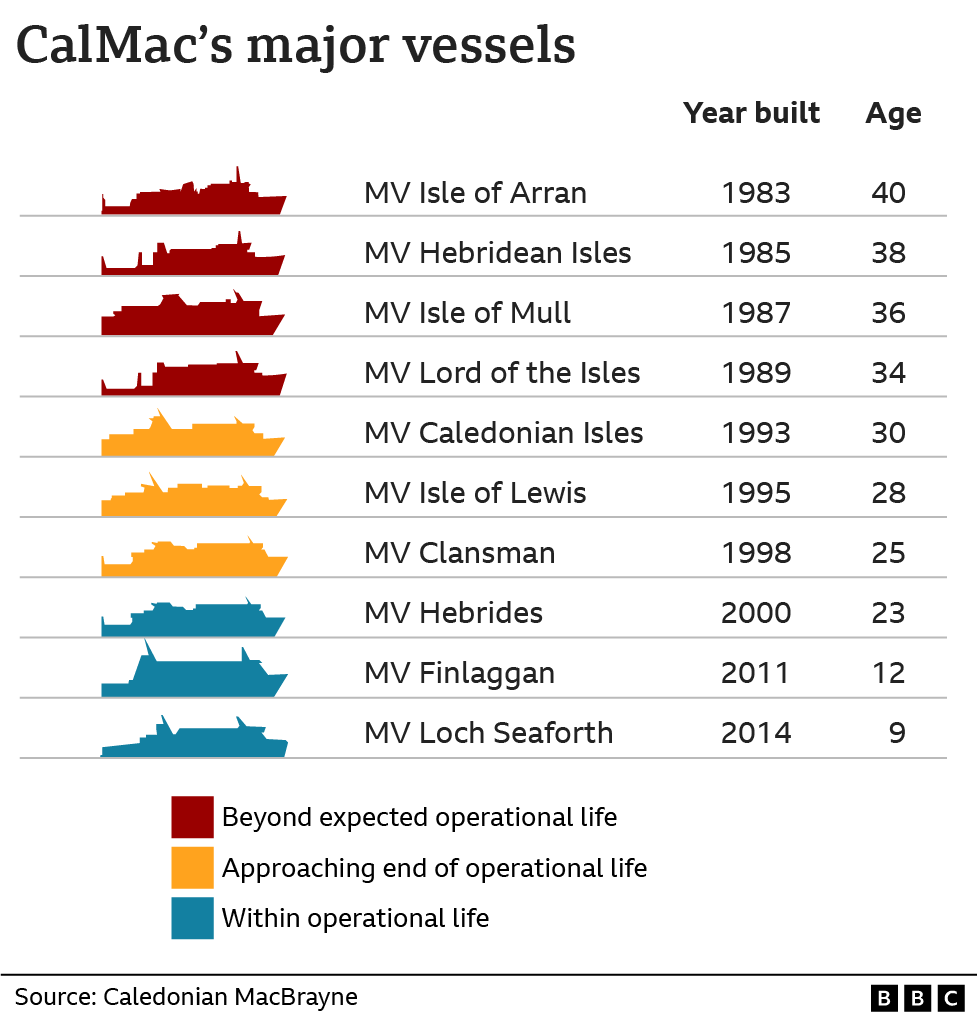
Three major ships - MV Caledonian Isles, MV Hebridean Isles and MV Clansman - were out of action in the spring of 2023 because of delays to repairs and annual overhauls.
Even the newer ships have had breakdowns - CalMac's biggest ship MV Loch Seaforth, built in 2014, was out of action for weeks in 2021 due to engine damage. An investigation found a failure to replace piston screws, external during scheduled maintenance may have been to blame.
Another fault developed in April this year, forcing it to be withdrawn from service from the main route to Lewis for two days.
CalMac says its maintenance budget has risen by 67% over the past five years, with a projected spend of £34.2m in 2022.
A spokeswoman for CalMac added: "A long-term strategy to replace vessels and improve port infrastructure would improve the capacity we can offer to meet demand and increase resilience.
"Significant investments are being progressed by the Scottish government and its partners."
Why have the ferries not been replaced?

The Glen Sannox's construction at Ferguson's shipyard has been troubled
The Scottish government's Transport Scotland agency has long known it needs to renew the CalMac fleet - but those ambitions have foundered, in part at least, due to the Ferguson ferry fiasco.
Back in 2012, a ferries plan included a programme of vessel replacement.
In 2014, tenders went out for two new large ships - one for the Arran route and the other destined for the "Uig triangle", serving Skye, North Uist and Harris.
Those ships, Glen Sannox and the as yet un-named hull 802, are still under construction at the now-nationalised Ferguson shipyard in Port Glasgow.
The cost to the public purse has risen to 2.5 times the original £97m budget - and the first ship won't be handed over to CalMac until late 2023 at the earliest, more than five years late.
A £105m order for the next two big ships - for the Islay route - has now been signed with a Turkish shipyard and, if all goes to plan, they should be delivered in 2024/2025.
The new ships will replace 37-year-old MV Hebridean Isles and allow the 11-year-old MV Finlaggan, to be redeployed.
Two other "Islay-class vessels" have now been ordered from the same shipyard, destined for the Skye, Harris and North Uist routes.
A replacement programme for seven smaller vessels has begun, and should go out to tender later in 2023.
The Scottish government has promised £580m of investment in Scotland's ferry network over the next five years - about half of it for new ships - but some claim, given the scale of the problem, that's nowhere near enough.
What are the ferries of the future?

Privately-run Pentland Ferries has successfully used catamarans to and from Orkney for years
While few dispute the need for new ferries, there is far less consensus on what type of vessels should be purchased.
CalMac and CMAL, another government agency which owns the ships and harbours, have a reputation for choosing a certain type of vessel - large, sophisticated mono-hulled ships with capacity for the crew to sleep on board.
Some island communities have suggested they would be better served by a greater number of smaller vessels, and that shore-based crews could boost their economies.
Others have urged CMAL to consider using catamarans,, external arguing they require smaller engines yet can carry similar numbers of vehicles at a substantially lower cost.
Privately-run Pentland Ferries has successfully used such ships to and from Orkney for years, and has recently replaced MV Pentalina with a new catamaran.
The Mull and Iona Ferry Committee has urged Transport Scotland to buy MV Pentalina. This has been rejected, although leasing the ship as a temporary measure remains a possibility.
CMAL's argument is that it needs to build long-lifespan "quality" ships, interchangeable between routes and capable of withstanding often harsh conditions. Having ship-based crews, it says, provides more robust staffing.
And it insists it remains on the lookout for suitable second hand boats. One such vessel, a medium-sized Norwegian ferry now renamed MV Loch Frisa, has entered service on the Craignure to Oban route.
What about climate change?
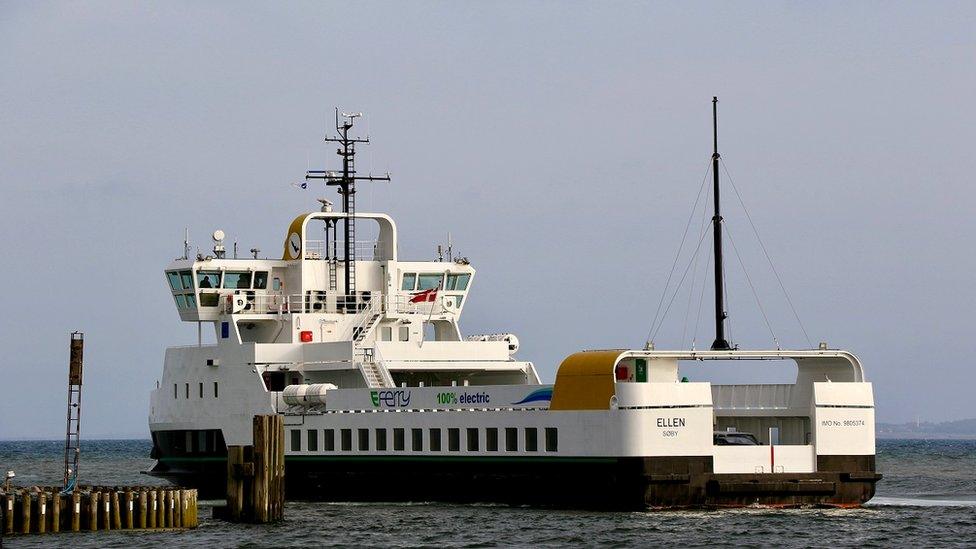
In Denmark, fully-electric ferries are already sailing but only on relatively short routes
One of the dilemmas facing Scotland's ferry network is that it needs to commit to new ships now that could be in service for decades - yet it is still unclear which future technology will win out.
In Denmark, fully-electric ferries are already sailing but only on relatively short routes. A Norwegian ferry operator is now running a boat powered by liquid hydrogen.
The troubled ships being still being built at Port Glasgow were meant to be "green ferries", using dual-fuel diesel and liquified natural gas (LNG) engines.
But those "green" claims are questionable - LNG is still a fossil fuel, and it has to be imported from Qatar before being driven hundreds of miles from Kent to Scotland.
For the new Islay ferries, CMAL has ditched LNG in favour of mainly diesel ships with "fuel efficient hulls" and some electric power options while manoeuvring in port.
Why are the ferries so full?

Islands like Iona are seeing visitor numbers pick up again
The introduction of heavily-subsidised road equivalent tariffs - aligning fares with the cost of road travel - has increased ferry traffic over the past decade, with 5.7m passengers and nearly 1.5m vehicles being carried in 2019 before the pandemic.
The past two years have seen a significant drop in numbers due to Covid restrictions but the ferry network is once again struggling to cope.
The boost in numbers is good news for the islands in many ways but locals often complain of trouble getting a booking.
Residents on Mull have urged the government to consider a system used for the Danish island of Samso, external where are proportion of spaces are held back for locals, based on evidence of demand.
A new ferries plan is being promised. Ministers are also currently considering Project Neptune - a review by consultants looking at the roles of Transport Scotland, CalMac and CMAL - to try to make the system work better.
But like the metaphor about the time it takes to turn a tanker around, the problems facing CalMac's fleet are going to take a long time to fix.
Related topics
- Published5 October 2021
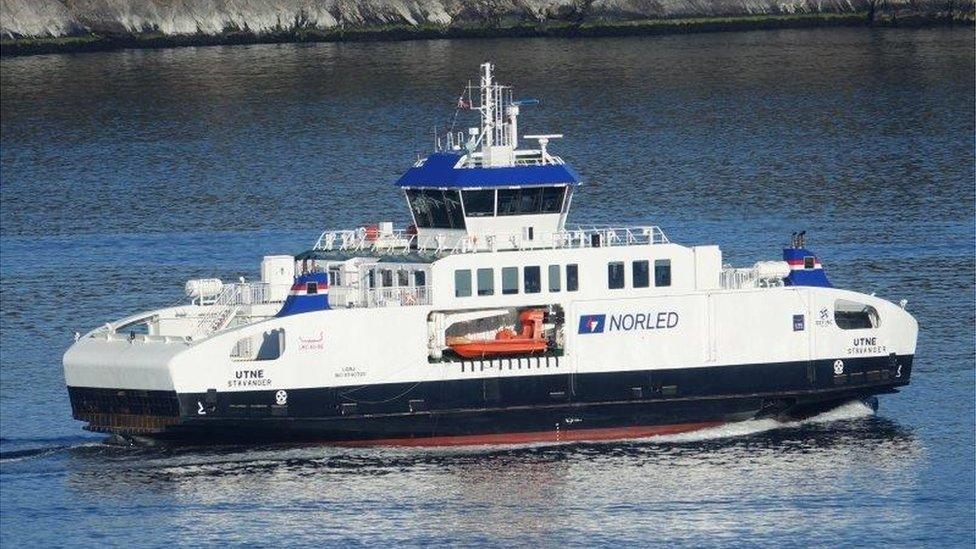
- Published14 January 2020

- Published29 June 2021

- Published19 April 2022
